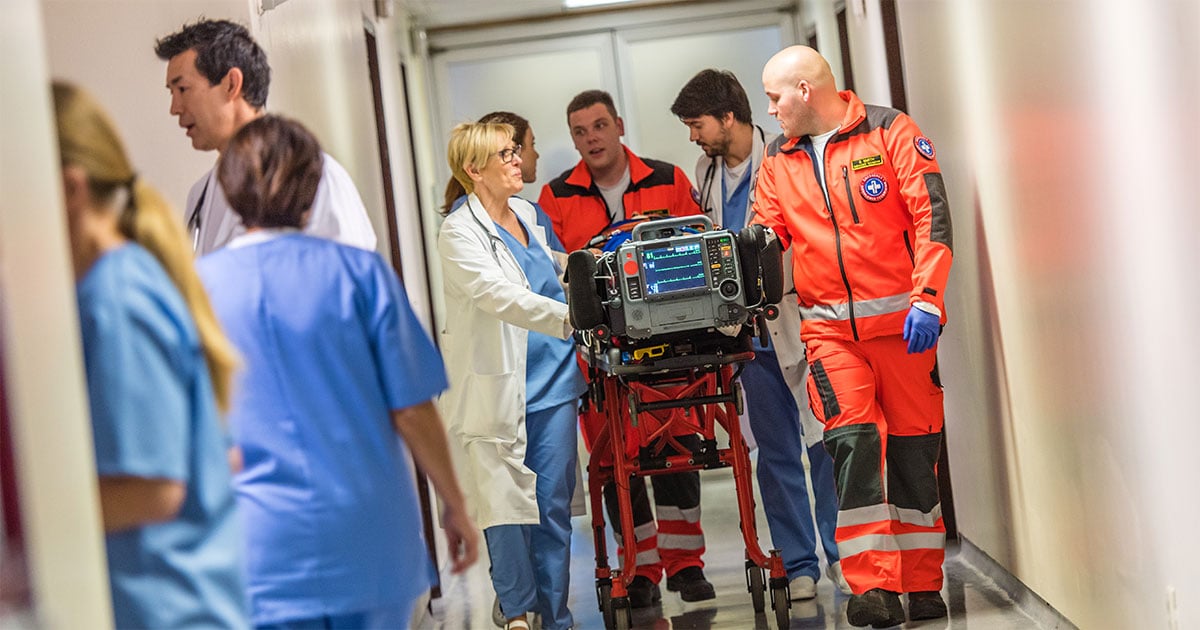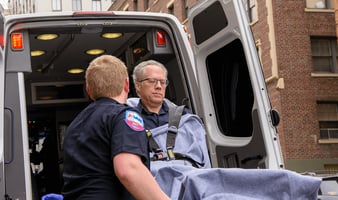Pulsara Around the World - 2025 Recap and January 2026
December Recap After an incredibly busy events year with 102 conferences, trade shows, and sponsorships, December was on the slower side for us, with...
2 min read
 Forrest Winslow
:
Sep 23, 2020
Forrest Winslow
:
Sep 23, 2020

Several healthcare emergencies are unique to EMS. However, much of prehospital and out-of-hospital medical practice is based on standards from other disciplines of health care. Over the years, we’ve attempted to apply science from traditional medicine that fits in the setting of an emergency department or ICU, not necessarily in the back of the ambulance.
 Furthermore, much of the clinical medicine that we practice even today is not based in extensive research or evidence. Many of these treatment recommendations and protocols were established based on the best understanding of physiology and pharmacology at the time. Unfortunately, many of these treatments were not only not helpful—but, in some cases, even harmful.
Furthermore, much of the clinical medicine that we practice even today is not based in extensive research or evidence. Many of these treatment recommendations and protocols were established based on the best understanding of physiology and pharmacology at the time. Unfortunately, many of these treatments were not only not helpful—but, in some cases, even harmful.
That's why, back in 2012, EMS was officially introduced to evidence-based medicine, or evidence-based practice. Several national EMS groups came together to develop and implement evidence-based guidelines for EMS. Since then, this group has published several Prehospital Evidence-Based Guidelines (EBGs).
Over the next few months, I’ll explore some of the key EBGs for EMS, and discuss other areas of care that potentially need more research and science behind how we in EMS do our job.
The most recent is the Evidence-Based Guidelines for EMS Administration of Naloxone. Naloxone is designed to rapidly reverse opioid overdose, and is almost always a prehospital emergency treatment pathway.
The group attempted to address four questions about the effectiveness of Naloxone. Here's what they found.
Even though the evidence quality was rated as low strength, from 4 randomized clinical trials and four cohort studies, the first conclusion was that intranasal Naloxone may be similarly effective and safe compared with intramuscular Naloxone. Unfortunately, the group was not able to find sufficient evidence in these studies on the dosing of Naloxone.
The panel recommended administering the lowest possible dose to maintain adequate respiratory function, which also lessens the chance of withdrawal phenomenon.
The authors of the systematic review said that more research is needed here to determine optimal doses of Naloxone and the appropriate timing of repeat doses. They went on to say that typically, Naloxone begins to have a clinical effect within 2-3 minutes of administration, regardless of route.
 The authors concluded that more research is needed to determine whether transporting patients to a hospital after a successful reversal of overdose is necessary. There may be a benefit in transporting the patient due to the fact that many healthcare systems have adopted the “Yale Model” and are starting Medication-Assisted Treatment prior to discharge in the emergency department. These programs have shown to not only decrease the rate of repeat overdoses, but also save on overall costs for the health system.
The authors concluded that more research is needed to determine whether transporting patients to a hospital after a successful reversal of overdose is necessary. There may be a benefit in transporting the patient due to the fact that many healthcare systems have adopted the “Yale Model” and are starting Medication-Assisted Treatment prior to discharge in the emergency department. These programs have shown to not only decrease the rate of repeat overdoses, but also save on overall costs for the health system.
For more of the latest research on trends and treatments in EMS, check out our coverage of the 2020 EMS Trend Report.

December Recap After an incredibly busy events year with 102 conferences, trade shows, and sponsorships, December was on the slower side for us, with...

Editor's Note: In July 2025, EMS1 and Fitch & Associates released their annual EMS trend survey, What Paramedics Want, proudly sponsored by Pulsara....
![[PRESS RELEASE] Published Research Finds Up to 31% Faster STEMI Treatment Times in Rural Hospital Setting with Pulsara](https://www.pulsara.com/hubfs/_1_website-page-blog-assets/pulsara-hosp-teams-assign-cardio-stemi-rn-1200x701.jpg)
Published research shows how using Pulsara, alongside standardized field activation and a focus on stakeholder relationships, improves STEMI care and...